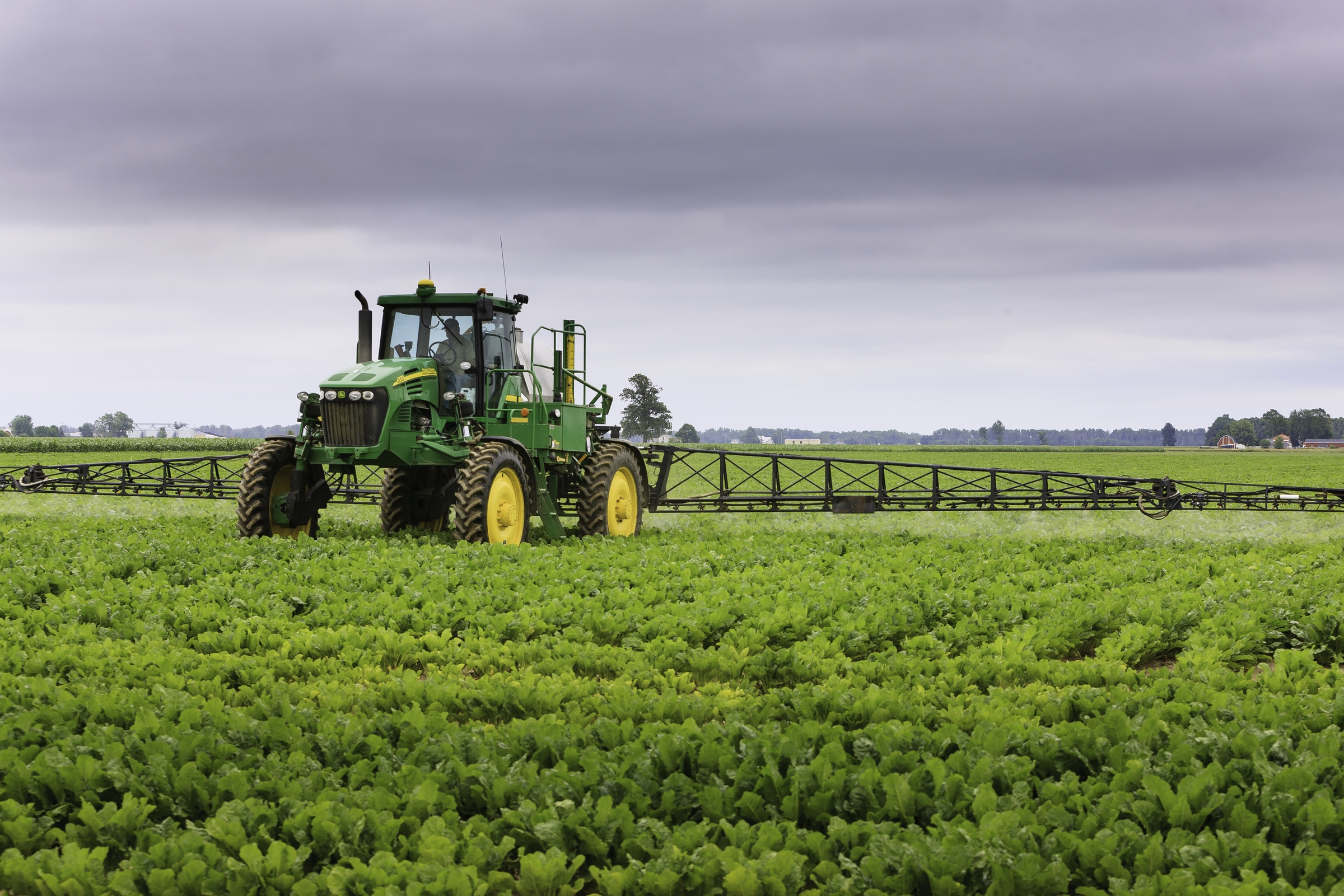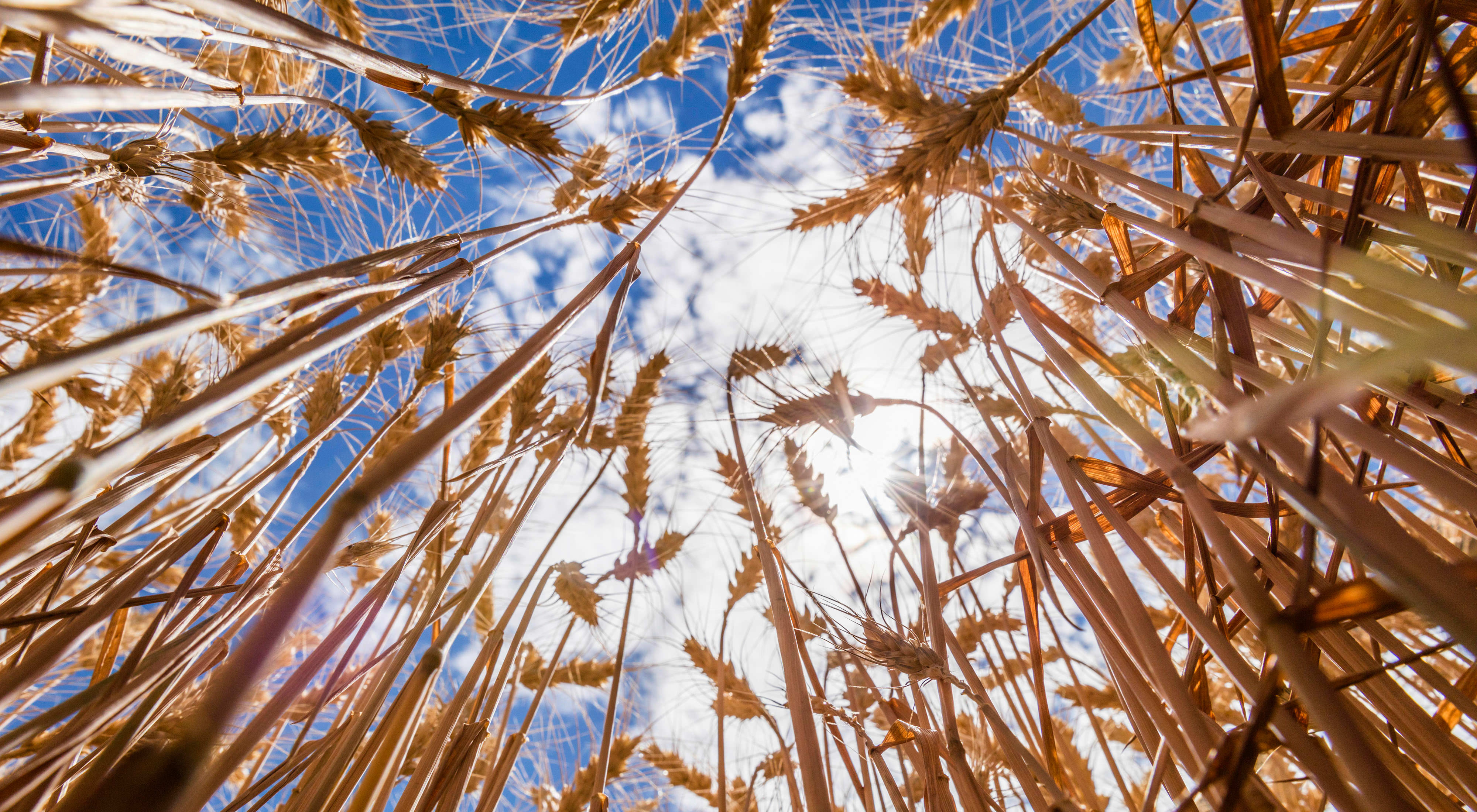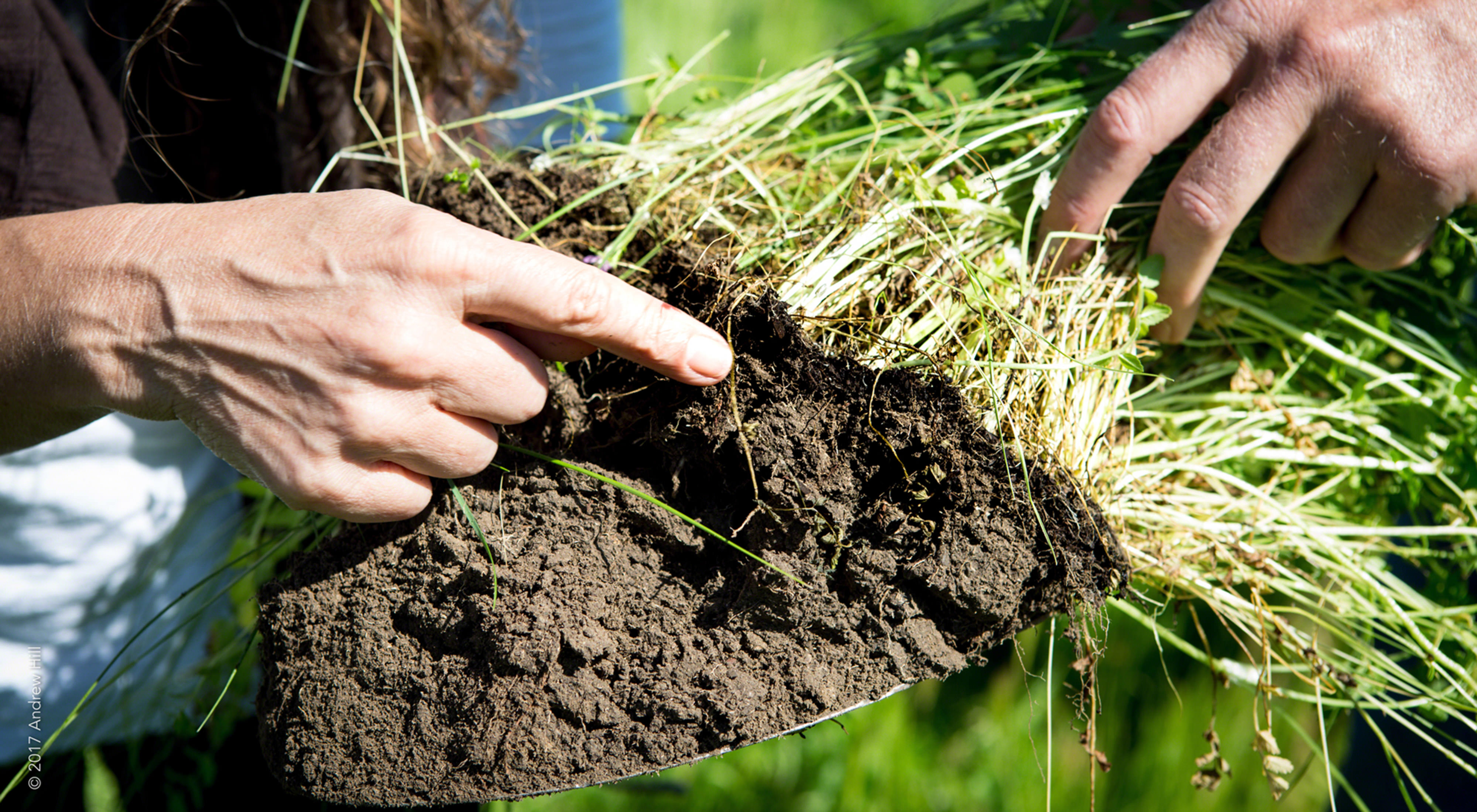Sowing Conservation Success
Embracing collaboration and innovation is essential for providing food and water sustainably.
Conserving our lands and waters is a daunting task. A rewarding but daunting task. It’s a job that requires collaboration of resources, knowledge and expertise. The Nature Conservancy takes great care to partner with public and private entities that complement our work and advance our conservation mission.
This spirit of collaboration is at the heart of our agriculture program. We work with farmers, ranchers, government agencies, academia and industry across the United States to ensure our lands and waters are protected while our nation’s farmers strive to meet the growing global demand for food, fuel and fiber.
Among our more formidable goals is nutrient reduction. By 2025, we will significantly reduce the amount of nutrients — primarily nitrogen and phosphorous from fertilizer — escaping farmlands and contributing to harmful algal blooms and hypoxic zones (also known as dead zones) in our rivers, lakes and oceans.
To reach our goal, a large percentage of American farmers will need to adopt or maintain sustainable practices that improve fertilizer management and soil health. In many cases, this means asking farmers to fundamentally change the way they farm. Yes, it’s a lot to ask, but in the long run, these practices will
- enhance soil health,
- improve water and air quality,
- reduce greenhouse gas emissions,
- increase crop performance, and
- save farmers money.
Unfortunately, the Conservancy alone doesn’t have the capacity to reach the number of farmers necessary to make a significant conservation impact by 2025. So, we’re working with partners, including the trusted advisors of farmers — the ones that farmers overwhelming rely on for advice about fertilizer use, tillage practices, cover crops and rotation cycles.
Who do farmers look to for counsel and advice?
Recent research, including a 2013 study by Purdue University and the USDA-funded Sustainable Corn project, indicates that (outside of family) farm chemical dealers, seed dealers and crop consultants have the most influence on farmers’ practices. If we are to convince farmers to change the way they manage their fields — in some cases, changing generations-old practices — and adopt sustainable methods of farming, it’s essential that we continue to partner with key players in the agriculture industry.

Growing Crops, Not Algae
We are already seeing impressive results from an innovative partnership in the Western Lake Erie Basin, an area that spans more than 7 million acres in Indiana, Ohio and Michigan and contains some of the world’s most fertile farmland, with agriculture market values exceeding $1.2 billion annually.
Unfortunately, massive algal blooms — caused in large part by phosphorous runoff from farmland — have been on the rise in the Lake Erie watershed for the past five years, threatening drinking water for 11 million people and habitat for more than half of the Great Lakes fish species.
To help solve this problem, we worked with the agriculture industry and other partners to launch a voluntary certification program for nutrient providers — professionals who advise farmers on soil, nutrient and crop management practices and provide application services. The 4R Nutrient Stewardship Program promotes science-based techniques that enhance crop production while significantly reducing or preventing nutrient runoff. To date, the program has certified 25 nutrient service providers who assist 4,350 farming customers covering 1.8 million acres, with 1.2 million of those acres located in the Western Lake Erie Basin.
The program is less than 2 years old and is already exceeding our expectations! The 4R nutrient management framework is also gaining traction in other parts of the country, like the Chesapeake Bay and Florida.

More than 900,000 people rely on Michigan's beautiful Saginaw Bay watershed for drinking water, and about half of the land in the watershed is used for agriculture. © Michael D-L Jordan
Success Through Innovative Partnership
The Western Lake Erie Basin project is just one example of projects around the U.S. where the Conservancy is ramping up conservation success through innovative partnerships.
In Michigan’s Saginaw Bay, for instance, we are partnering with the Michigan Agri-Business Association, with funding from the USDA, to protect the state’s largest watershed, spanning 5.5 million acres. More than 900,000 people rely on the Saginaw Bay watershed for drinking water, and about half of the land in the watershed is used for agriculture.
The partnership is providing innovative conservation tools, developed by Conservancy and Michigan State University scientists, to certified crop advisors and agronomy retailers throughout the watershed. The program’s goal is to enroll 25,500 acres in new agricultural land management practices by 2020. Ultimately, we expect to keep approximately 2,500 tons of sediment on the land and more than 17,000 pounds of phosphorus out of the water.
Our goals are ambitious, not just for the Saginaw Bay project but for all of our projects. With the increasing demand worldwide for farm products and the growing pressure that demand places on our lands and waters, we need to embrace collaboration and innovation. Now is the time to be bold, aim high and work together for the natural resources on which we all depend.




